The Megacities of Africa

Africa's urban landscape
A melting pot of religions, languages, wildlife, and history make up the expansive continent of Africa. It indeed has small villages, and poverty does exist there as it does in many other parts of the world, but to only think of Africa in this way would be inaccurate. Africa boasts bustling cities that contribute to the global economy, where billions of dollars are made each year, from East African safari tours to the startup tech center of Cape Town, South Africa.
Africa is predicted to be the home of many megacities in the coming decades, thanks to its ever-growing economic interests and foreign investors pouring money into its future. To be considered a megacity, usually defined as a city with more than 10 million inhabitants, is a significant turning point not only on a local level but in the global landscape as we move further towards urbanization.
Current megacities of Africa
To date, there are only three cities that are true African megacities by definition, although many are predicted to arise in the years to come. What makes these megacities so significant is that they have seen exponential population and economic growth in past years, and are now competing on a competitive, global scale with powerhouses like China and Japan. These are Africa's current megacities.
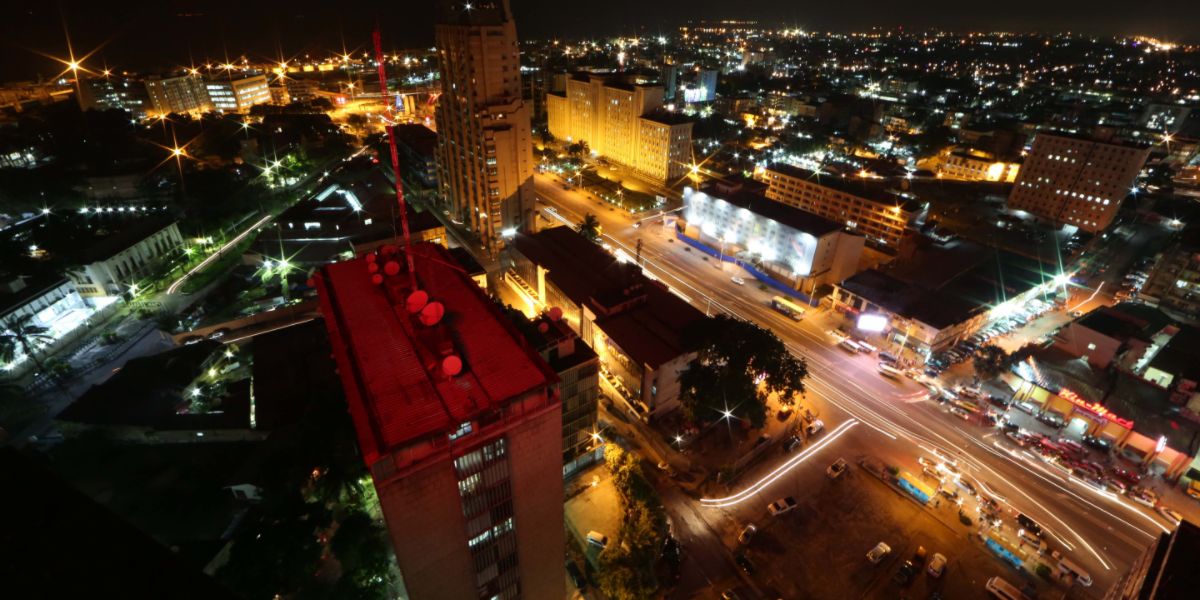
Kinshasa, Democratic Republic of Congo
Thus far one of only three megacities in Africa, by definition, is Kinshasa. The Democratic Republic of Congo's capital city boasts a population of more than 10 million people and robust commercial activity supporting it. The Democratic Republic of Congo is one of the most natural-rich countries in the world, and Kinshasa benefits from businesses centered around this mineral wealth. Also the home of worldwide public and private enterprises, Kinshasa houses companies like the United Nations and Heineken. This megacity is forecasted to continue significant employment and economic growth each year, making it a contender to potentially be one of the most economically successful and largest cities in the world.
The Democratic Republic of Congo is home to the second-largest rainforest in the world, and therefore its biodiversity is the center of tourist activity there, including in Kinshasa. Although its a megacity not known in particular for its tourism, visitors can see some of its natural areas like the infamous Congo River, visit the Lola y Bonobo wildlife reserve, or journey outside of the city to the Salonga National Park. In all of these places, visitors can experience the depth of the countries' plant and animal life, witnessing some of the rarest species on the planet.
For insight into Kinshasan culture, one can head to the streets for music and dance performances, ranging from organized music festivals to improvised groups. Congolese dance and music are well-recognized in the African continent, and Kinshasa plays an important role in supporting Congolese culture through it's through its renowned National Institution of Arts, a higher education institution training in the performing arts.
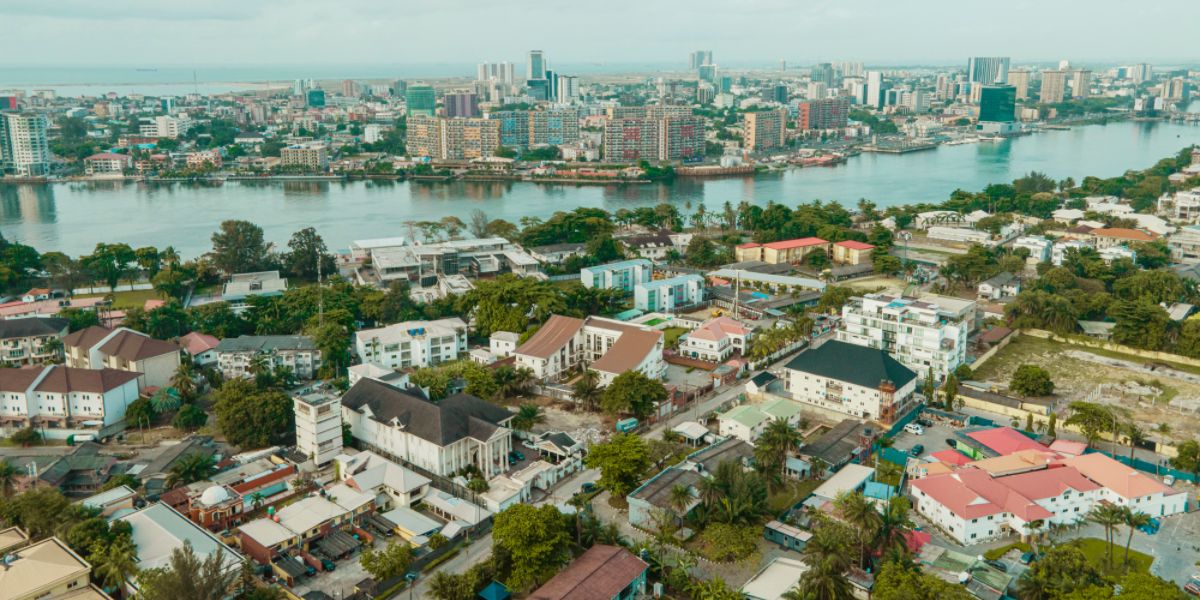
Lagos, Nigeria
With a population of almost 15 million people, Lagos, Nigeria, is the largest megacity in all of Africa. A main contributor to the Nigerian economy, it makes up an astounding 30% of the entire GDP for the country. What makes Lagos a significant megacity is not only its current population and economy, but also its forecasted growth as one of the fastest-growing cities in all of Africa, and eventually, predicted to be one of the largest cities in the world.
Although not typically recognized as a prominent tourist destination, Lagos offers one of the most intriguing art experiences that Africa has to offer. Visitors at the Nike Art Center will get both the experience of a local art gallery and the opportunity to see these painters, sculptors, and craftspeople at work, as the center doubles as an artist workplace.
Another cultural experience to learn about Lagos is a trip to the Kalakuta Republic Museum. An icon in Nigerian history, Fela Kuta is the center of this museum as you explore his political activism and learn the story of his multi-instrument music and background, giving insight into this megacity's roots through the lens of one of its cultural pioneers.
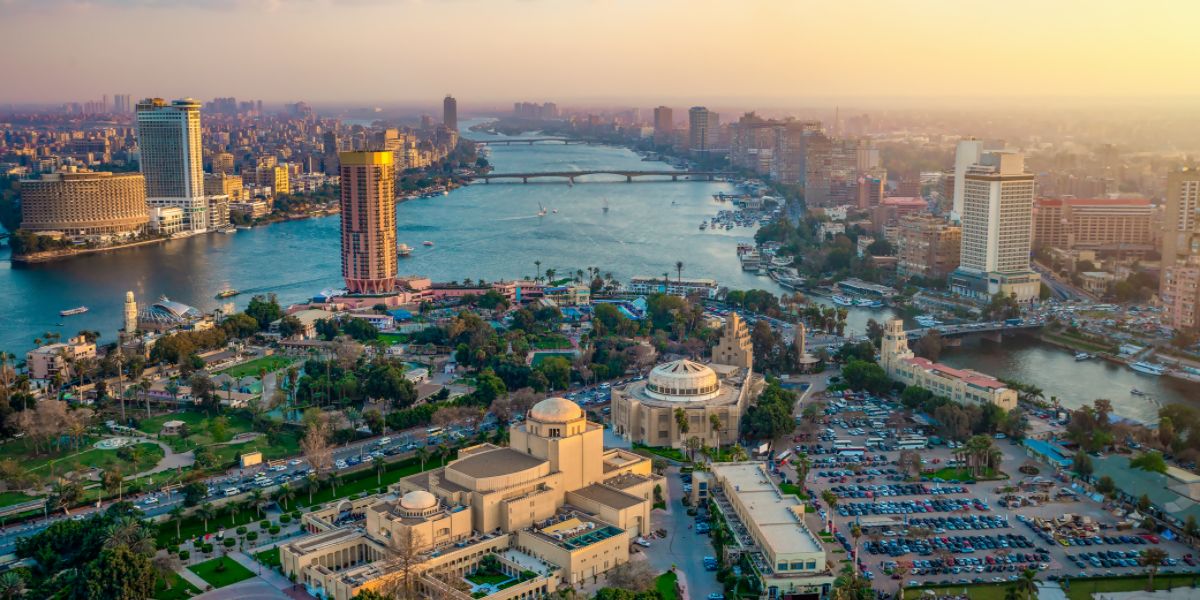
Cairo, Egypt
Combining ancient ruins with a busy metropolis, Cairo is the third megacity on the African continent and contributes greatly to Egypt's overall economy. The capital city has an advantageous location near the Suez Canal, allowing for more direct shipping routes throughout Europe, Asia and Africa, and facilitating Cairo's importance in the global economy.
Apart from its strategic location, Cairo is home to many oil and gas companies. Egypt holds some of the most oil reserves in the world, making the capital an important player in the energy sector. Cairo also boasts a consistent manufacturing industry, including the production of textiles and petroleum products.
Although some may find Cairo a noisy, busy city its Giza Pyramids are a breathtaking distraction. It's one of the seven wonders of the world, and attracts tens of millions of tourists each year, contributing a significant amount of revenue to the country. Perhaps just as a well-known tourist attraction is the Nile River, the longest in the world, and symbolic for its important role in the development of ancient society.
With a history dating back to 2,000 B.C., one of Cairo's main cultural sights is the Egyptian Museum of Antiquities, displaying artwork and artifacts from an ancient civilization that many envision when they think of Egypt, including pottery, jewelry, and even mummies.
Africa's up-and-coming megacities
Moving on to some of Africa's soon-to-be megacities, these places are forecasted for continued growth in the upcoming decades, and all have a population of at least 4 million people or more. Not only experiencing population growth, but foreign investors are also allocating money into these cities, seeing their economic potential as well and, in part, funding their futures.
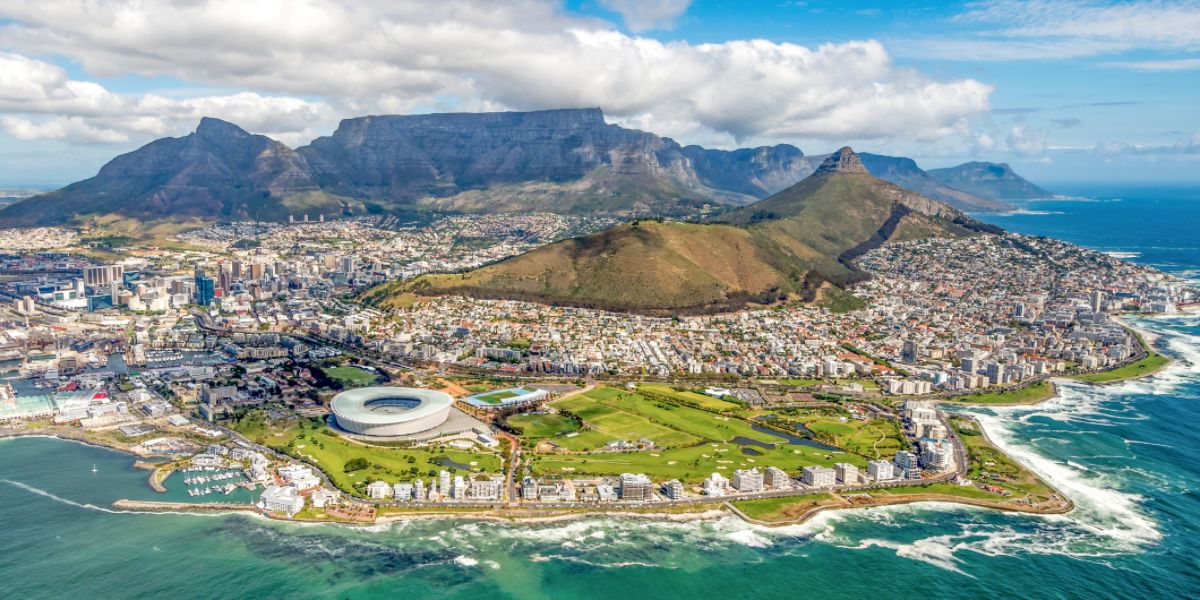
Cape Town, South Africa
Moving south, Cape Town is the legislative capital of South Africa. It is located on the very southern coast of the African continent, serving as an important seaport for South Africa. Not only does it connect South Africa with other parts of the world, it also brings value to the country through its finance, technology, and tourism industries, attracting foreign investors to the growing city.
Since 2018, Cape Town has become a business-friendly city for technology startups, showing its ability to adapt to the economies of the future. There are currently more than 400 tech companies established in Cape Town.
As for Cape Town as a tourist destination, it's one of the most well-known places in all of Africa, contributing to its up-and-coming megacity reputation. Visitors flock to Cape Town to experience adventure, with many of its most popular tourist attractions revolving around wildlife. Set at the edge of Africa and looking out toward the emptiness of the ocean, travelers are nearly at the edge of the world in the midst of a busy city, tucked into a series of plateaus and mountains. From shark cage diving to hikes and penguin visits, Cape Town's tourism industry is growing steadily and is forecasted to earn almost 4 billion dollars in revenue from the city alone in 2026.
One of Cape Town's most popular attractions is the Table Mountain National Park, showcasing a variety of protected life such as wildflowers and small animals. Visitors can trek their way through the park and, ending at the flattened top of the plateau, take in views of the entire Cape Peninsula in front of them. Also part of the Table Mountain protected area is its marine park at Boulders Bay. Here, visitors can observe penguins in their natural habitat along Cape Town's bright-sand beaches.
Cape Town offers insight into its complex history through its artifacts and artwork in the Iziko museums, with 11 of them spread throughout the city. Each one takes on an element of the cities' rich culture and portrays a positive light on the future of the diverse country despite its complicated past related to civil rights.
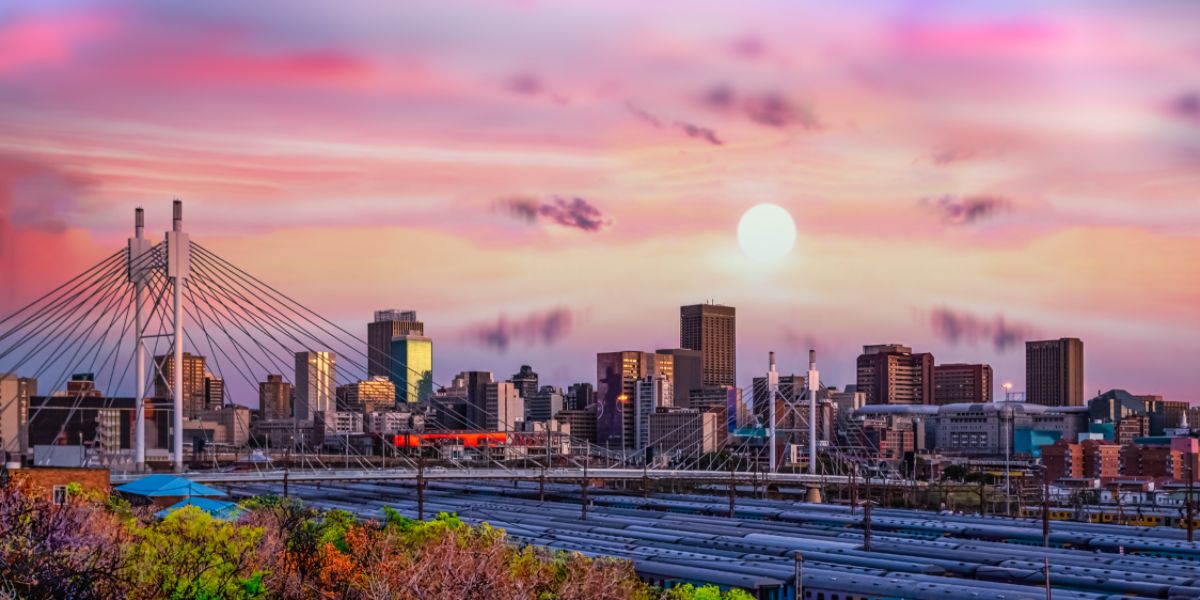
Johannesburg, South Africa
Another South African soon-to-be megacity is Johannesburg. Johannesburg houses Africa's largest stock exchange and many other major banking institutions, solidifying its role as a stable business hub.
Johannesburg is often referred to as the financial center of South Africa, although recently that title has been up for debate due to competition from Cape Town. Johannesburg still benefits from a diverse economy, with other primary sectors such as retail and wholesale trade, social services, and manufacturing. Although its most profitable industries are modern, historically, mining has always been a part of Johannesburg's economic success and it's still relevant to the city today as many gold and diamond mining headquarters are located there.
Although tourism does take place in Johannesburg, it's not as impactful as other African megacities like Cairo or Cape town. But when visiting the city, visitors can learn about the cultural backdrop of Johannesburg by going to the Apartheid Museum. The museum building itself has compelling architectural features to observe as you begin to understand the causes and implications of Apartheid in the country.
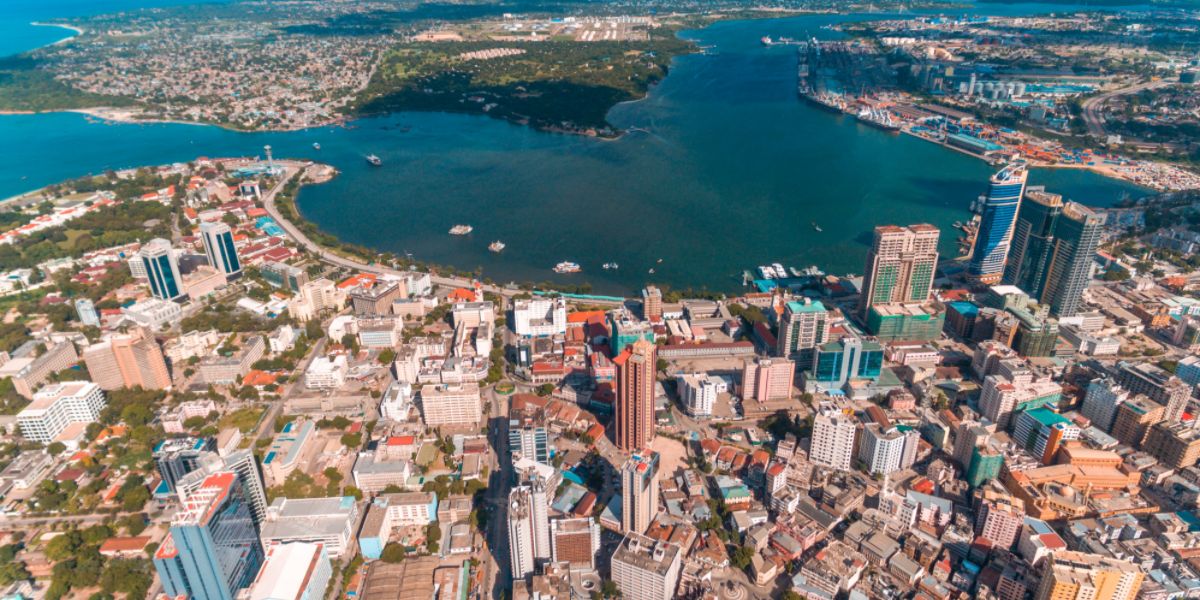
Dar es Salaam, Tanzania
Located on the Swahili coast in East Africa, Dar es Salaam is a thriving port city with a population nearing the 7 million mark, quickly on its way to becoming an official megacity. Contributing powerfully to its country, Dar es Salaam is recorded as having the highest GDP in all of Tanzania, and it has grown from a majority low-income society into a lower-middle-income society. As a port city, Dar es Salaam benefits mostly from exports and tourism.
One of the only major African cities known for beach escapes and island-hopping, Dar es Salaam has vibrant tourist activities such as its tropical Oyster Bay, and excursions to Mdbuya or Bongoyo Islands. Tourists also participate in commercial activities, visiting shopping malls and local markets in search of everything from handmade bags to local jewelry.
Aside from its markets displaying local craftmanship, visitors can find culture and history in Dar es Salaam's National Museum and House of Culture, which shows some of the earliest ancestors of Tanzania and its tribes; Congo is still home to more than 100 different ethnic groups. For more insight into its tribal background, the Village Museum is an engaging museum filled with tribal hut replicas, detailing how they're made and how their residents live.
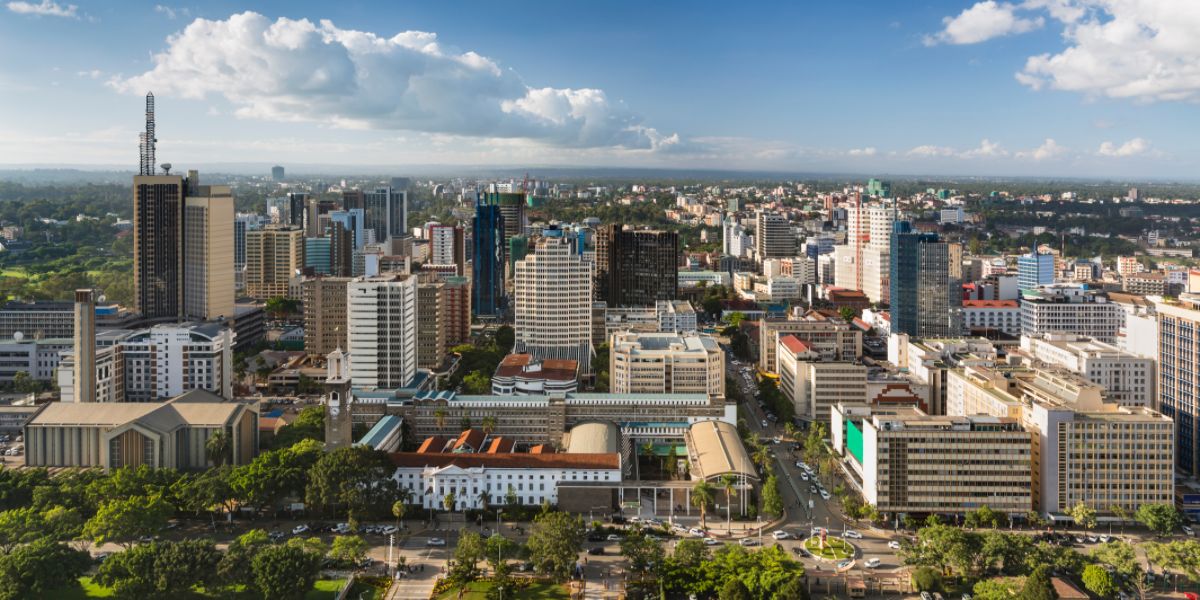
Nairobi, Kenya
The largest city and capital of Kenya, Nairobi, is an important economic hub in East Africa. A place of contrast, Nairobi city is stacked with skyscrapers, but just outside the city center is also the home of idyllic wildlife and agriculture.
In the late 1800s, the British founded the Uganda Railway system which connected Kenya and Uganda with important ports for trade. And although it's inactive today, Nigeria still carries on a legacy of its extensive railway system; the railway is currently the city's largest employer. It's an industrial hub and home to other light manufacturing, but Downtown Nairobi also offers a business-friendly environment with the Kenya International Conference Centre, a popular spot for global exhibitions. Although a busy Kenyan city, much of Nairobi's economy, employment, and growth come from its natural side in the form of tourism.
Bringing in nearly 8 billion USD in 2019, tourism is strong in Kenya. Tourists are drawn to wildlife activities near the Nairobi city center, like taking a safari to Nairobi National Park, where visitors can observe roaming zebras, giraffes, and rhinos, with the city skyline in the distant background. To encounter smaller creatures while also getting exercise, tourists head to Karura Forest for urban hikes alongside exotic birds and flora.
For a glimpse into Nairobi's present and past, the contemporary art galleries throughout the city tell its story through sculptures, paintings, and photography. Its emergent contemporary art scene showcases Nairobian life through the eyes of local artists, and visitors can help support it by visiting smaller exhibition centers and workspaces or heading to its most popular galleries such as the Nairobi Gallery. For more insight into Nairobi city's culture and history, a popular destination in the city is the Nairobi National Museum.
Smaller cities on the rise
Although smaller in population and economic impact, there are cities that could see either a dramatic, surprising rise to megacity status or a continued, gradual trajectory to it. These cities worthy of mention include:
- Luanda, Angola's capital city and main port
- Addis Ababa, the largest city in Ethiopia
- Mombasa, Kenya's oldest city
- Bamako, the capital and largest city in Mali
Although overlooked at times as being an economic powerhouse, Africa is home to some of the largest, wealthiest cities in the world, and continues its path toward global prominence. Africa's megacities not only thrive in today's climate but many are also predicted to continue their growth in the years ahead, making Africa a continent capable of contending with the world's most notable economies.







